It is well known that
ceramic membranes play a particularly important role in many fields today due to their good performance advantages. The current production process retains the belt filtration process in the traditional process and optimizes the belt design. After this filtration operation, a microfiltration operation using a ceramic membrane was performed to completely remove the pulpy substance, protein, fat and starch.
The ceramic membrane filtration indicates that the filtrate passing through the membrane module has a dark color and does not contain a slurry. The juice is filtered and concentrated in batches. In order to avoid the outflow of the concentrate and reduce the loss of the product, the concentrate is further subjected to deep filtration.
Ultrafiltration is used to clean the juice
The conventional process is to add impurities such as pigments such as lime, SO2, and phosphoric acid to precipitate the mixed juice, but the glucan, starch, and fat wax non-sugar macromolecules are difficult to remove. In contrast, ultrafiltration can be effectively removed. Combining the traditional cleaning process with the ultrafiltration method can achieve good results. The suspension needs to be removed before filtration to avoid damaging the filter.
A number of studies have been carried out in the United States. The juice is mixed with a ceramic membrane filter. After filtration, the sugar juice is unchanged, the color value is reduced by 20%, the turbidity is reduced by 90%, the turbidity is removed by 99.6%, and in addition, the starch is removed by 46%. The glycan was removed by 77%. At the same time, the purity of the juice is increased, and the hammer is basically unchanged, indicating that there is no loss of sucrose.
The ultra-filtered sugar juice was compared with the subsequent evaporative crystallization experiment. It was found that although the ultra-filtered sugar juice was not added with anti-scaling agent, the scale generated in the evaporation can was much less, so that the production can reduce scale and energy consumption. The decolorization effect of the membrane treatment exceeds the conventional crystallization. This means that membrane filtration may replace the traditional mixed juice clarification process.
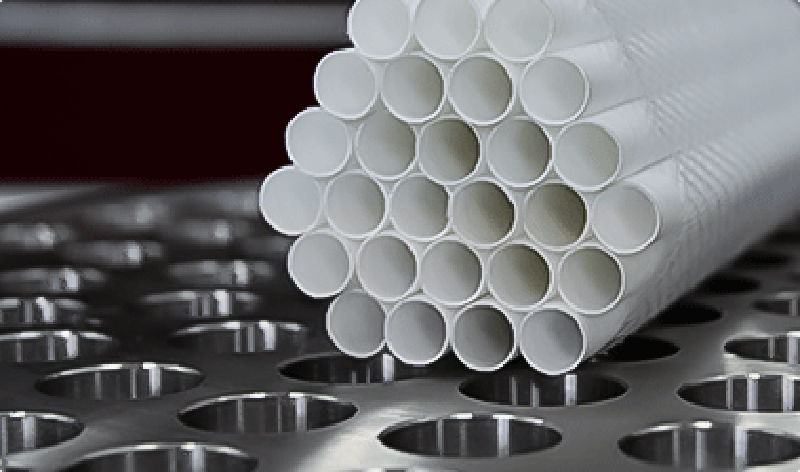
The Danish test neutralized and filtered the sugar beet exudate with a small amount of lime. After removing the insoluble matter, it was filtered with a polysulfone ultrafiltration membrane at 60 to 80 ° C and 0.4 to 0.6 MPa, and the purity of the filtrate was 91.5 to 94.5%, the color value was 1000-25001 U, and the decolorization rate was 95%. The slurry was treated with an ultrafiltration membrane at 80 ° C, 0.42 MPa, and the syrup was 65 ° Bx, the pigment was removed 30-50%, and the syrup purity was increased by 1-15%. When the ultrafiltration membrane has a smaller molecular weight cut off, the decolorization effect is higher.
China's sugar workers have studied in detail the effects of using ultrafiltration membranes to treat different cane juices in sugar cane plants. The ultrafiltration membrane is made of polyethersulfone, and the molecular weight cutoff is 10,000, 20,000 and 70,000 respectively. The treated cane juice is a mixed juice of a sulfite sugar factory, a neutralized juice, and a mixed clear juice (a mixture of clear juice and filter juice). 8%. After mixing the clear juice with an ultrafiltration membrane, the color value decreased by 30-38%, the turbidity decreased by 40-57%, the purity increased by 0.5-0. 8%. After the mixed juice is treated with the ultrafiltration membrane, the color value is reduced by 81-84%, the turbidity is decreased by 96-97%, and the purity is increased by 16-19%.
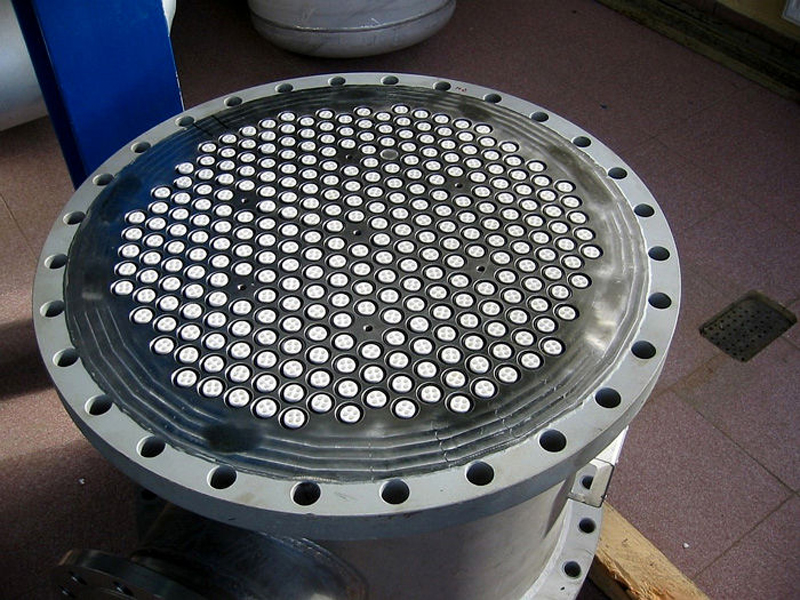
The effect of ultrafiltration membranes with different molecular weight cutoffs was compared. The effect of molecular weight of 10,000 was slightly better than 70,000, and the quality of the filtrate was slightly higher. There are two other points worth noting in these data:
1. The color value and turbidity of the filtered juice after the mixed juice treatment are lower than those of the treated clear juice. This indicates that the cane juice produces a lower molecular weight colored matter and turbidity that can pass through the ultrafiltration membrane during the sulfite treatment.
2. The cane juice is treated with an ultrafiltration membrane, and the purity is improved, but the rise value is not large. This is because it removes a small amount of inorganic substances, and most of the inorganic substances are low molecular weight, which are the main factors affecting the purity of the cane juice.
The sugar industry in Guangdong and Guangxi has studied the use of domestic PA microporous tube filters to treat cane juice and syrup. It is a cylindrical container with multiple microporous filter tubes. The liquid flows out from the outside through its micropores into the tube. The filter tube is a polyethylene sintered microporous tube with a diameter of 25 mm and different types. The diameter of the retained particles is 0.1-10 P m. I have tried to filter the clear juice of the sulfite process sugar plant (mixture of clarified juice and filter juice), and to evaporate the syrup and the remelted syrup of the sugar refinery (added activated carbon), which can remove most of the insoluble matter in the sugar liquid. The value is slightly reduced and the purity is slightly improved. The filtration rate for filtering the clear juice is high, and after the filtration, the precipitate is removed by backwashing with hot water and compressed air. When used to filter syrup, the filtration speed is lower and it is easier to be blocked.
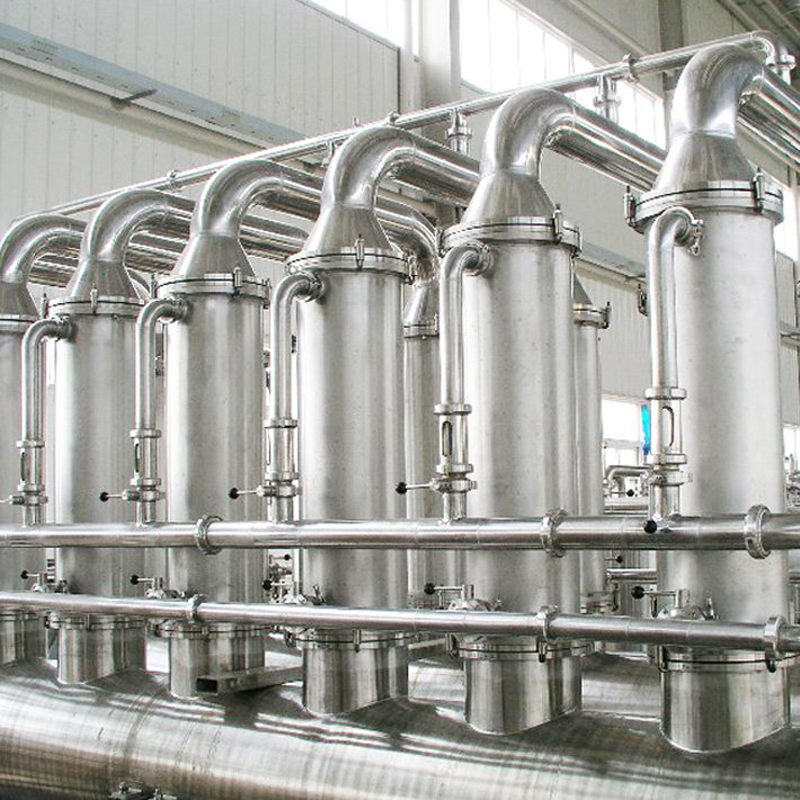
Combined application of ultrafiltration and polymer exchange resin
The refined sugar is produced by re-dissolving sucrose and then treating the syrup with activated carbon, ion exchange resin or the like to remove impurities therein, and then boiling the sugar crystals to obtain refined sugar. This method requires treatment and regeneration of the resin or activated carbon.
The intermediate molasses of the refined sugar mill was diluted and filtered with a ceramic membrane (molecular weight cutoff of 300,000). The filtrate turbidity decreased by 91% and the color value decreased by 14%. After analysis, it was found that this treatment removes most of the high molecular substances and suspended particles, and then the resin is rarely contaminated, which is an excellent pretreatment method for ion exchange.
The above-mentioned membrane before filtration and the membrane-filtered sugar liquid were separately concentrated to a high concentration, and the viscosity was measured. At 80 ° BX, the viscosity of the filtered sugar solution was 500CP. The unfiltered one is about half of the former with 1000CP. At 84° BX, the viscosities of the two were about 37% lower than those of the 1700 and 2700CP filters, respectively. The viscosity reduction of the membrane-filtered sugar liquid is equivalent to a decrease of the sugar liquid concentration by 2° BX, so that the sugar recovery can be increased by 3 to 5%. The membrane-filtered residual liquid contains a large amount of sugar and concentrated impurities, which can be diluted with water and then filtered through a membrane to recover the sugar.

The Puunene sugar factory of H&CS of the United States cooperates with the French company Annlexion. A system that combines ultrafiltration and softening of clear juice has been developed and has been in use since the end of 1994. It is the first sugar cane plant in the world to use ultrafiltration at the production scale, and the effect is better. The sugar factory uses lime to produce high-quality color sugar for other sugar factories to make refined sugar.
They firstly filter the clear juice of the lime method, heat it and then carry out ultrafiltration. The ultrafiltration juice is softened by resin treatment and then into the evaporation can. It improves the quality and recovery rate of the product sugar, reduces the fouling of the evaporating tank and the chemicals used for cleaning, and reduces the steam consumption.
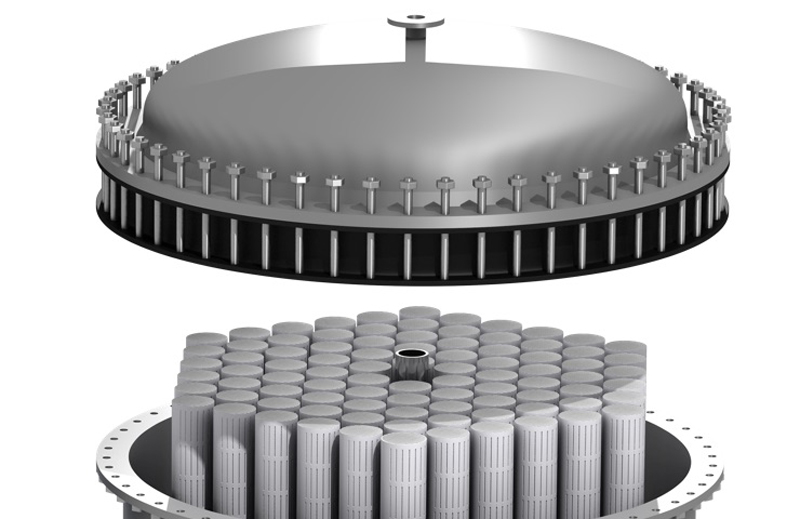
The clear juice is first removed by good initial filtration to remove the cane and suspension to facilitate subsequent processing. The filter residue is automatically removed using two continuous filters. The ultrafiltration uses a ceramic membrane element, the surface is covered with oxidized ZrO2, and the residual liquid of the final ultrafiltration column concentrates most of the impurities in the cane juice, and its volume is about 10% into the cane juice. As the use time prolongs, the ultrafiltration membrane is gradually blocked and the pressure difference is increased. When it reaches the maximum allowable value, the production line is automatically shut down for cleaning at intervals of 24-48 hours, depending on the quality of the treated cane juice. . System cleaning is done automatically. Rinse separately with hot water and then with low concentration sodium hypochlorite solution, and finally rinse with phosphoric acid for about 2 hours each time.
The ultrafiltration juice is treated with a strong acid potassium sodium type cationic resin, and the ultrafiltration juice is pumped into the bottom of the resin and discharged upward through the resin layer from the top. The calcium and magnesium ions in the cane juice are replaced by the potassium and sodium ions of the resin. The resin column can be used for 8-10 hours, which is determined by the calcium and magnesium content in the cane juice. The regeneration of the resin is to use the molasses. Since the calcium and magnesium in the clear juice are replaced by potassium and sodium, the molasses contains more potassium and sodium and less calcium and magnesium. Pass it through the above resin, the potassium sodium in the molasses can replace the calcium and magnesium in the resin; the resin can be restored to the potassium sodium type, which can be used to soften the juice; the calcium and magnesium are transferred into the molasses and cooked. Due to the low potassium and sodium content and weak honey making, the sugar content of molasses can be reduced. This method essentially transfers the original calcium and magnesium in the clear juice over the evaporation can and the stage of cooking the A and B sugar, and directly transfers it to the molasses and the syrup. The total ash balance has not changed, and the final amount of each component. No increase or decrease. There is also a brine system, which is regenerated with brine if necessary.
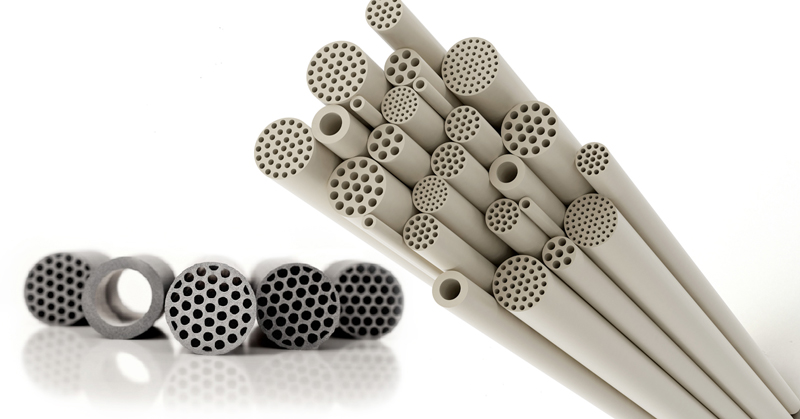
Nanofiltration membrane to recover regeneration reagent and washing water from the ion exchange process
The refinery usually uses ion exchange resin to decolorize the sugar solution. Although the ion exchange method works well, the regeneration solution and the washing water are large, and it contains a large amount of NaCl and colored substances. The treatment consumes a large amount of medicine and water. Nanofiltration is currently the best way to solve this problem. In 1994, the French Marseille Sugar Factory conducted an in-depth study on this, and the experiment was effective. Then, the nanofiltration device was put into use in the Saint-Louis sugar refinery in 1997. It was found that the salt removal amount reached 80-90%, and the sewage discharge amount was reduced by 90%, and good results were obtained.
JIUWU HI-TECH ceramic membrane technology is widely used in sugar cane juice beverage, golden church, and raw brown sugar processing.
 Application Of Ceramic Membranes In Wine Industry And Its Application Prospects
01 Feb 2019
Application Of Ceramic Membranes In Wine Industry And Its Application Prospects
01 Feb 2019
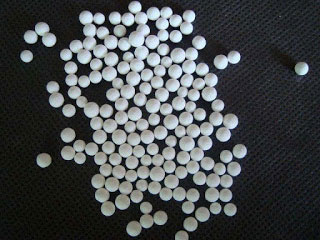 Ceramic Membrane For Traditional Chinese Medicine Production And Plant Extraction
05 Feb 2019
Ceramic Membrane For Traditional Chinese Medicine Production And Plant Extraction
05 Feb 2019
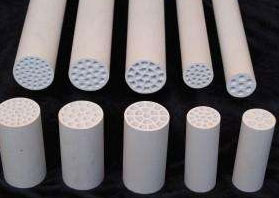 Application Of Ceramic Membrane Equipment In Transformer Oil And Gas Separation
12 Feb 2019
Application Of Ceramic Membrane Equipment In Transformer Oil And Gas Separation
12 Feb 2019
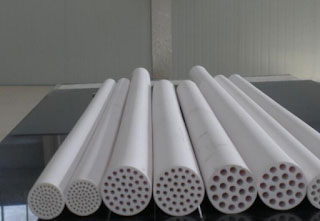 Ceramic Membranes Are Used In The Automotive Field Due To Their Good Performance
27 Jan 2019
Ceramic Membranes Are Used In The Automotive Field Due To Their Good Performance
27 Jan 2019


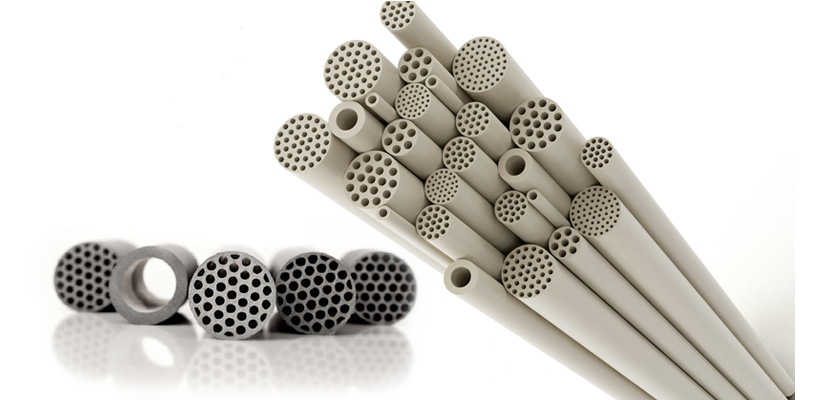
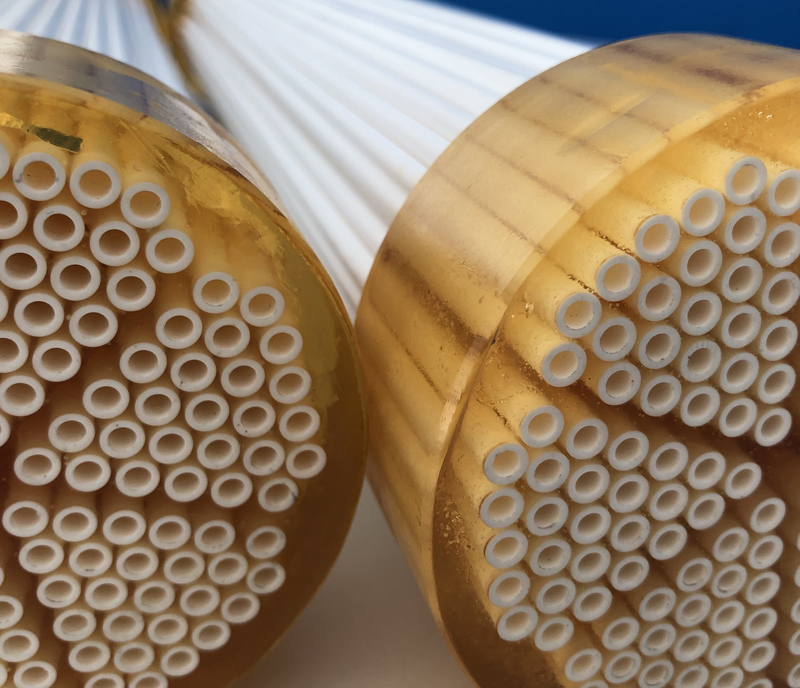






 +86-25-58849045
+86-25-58849045 
 No. 9 Yuansi Road, Pukou, Nanjing, Jiangsu, China 211808
No. 9 Yuansi Road, Pukou, Nanjing, Jiangsu, China 211808